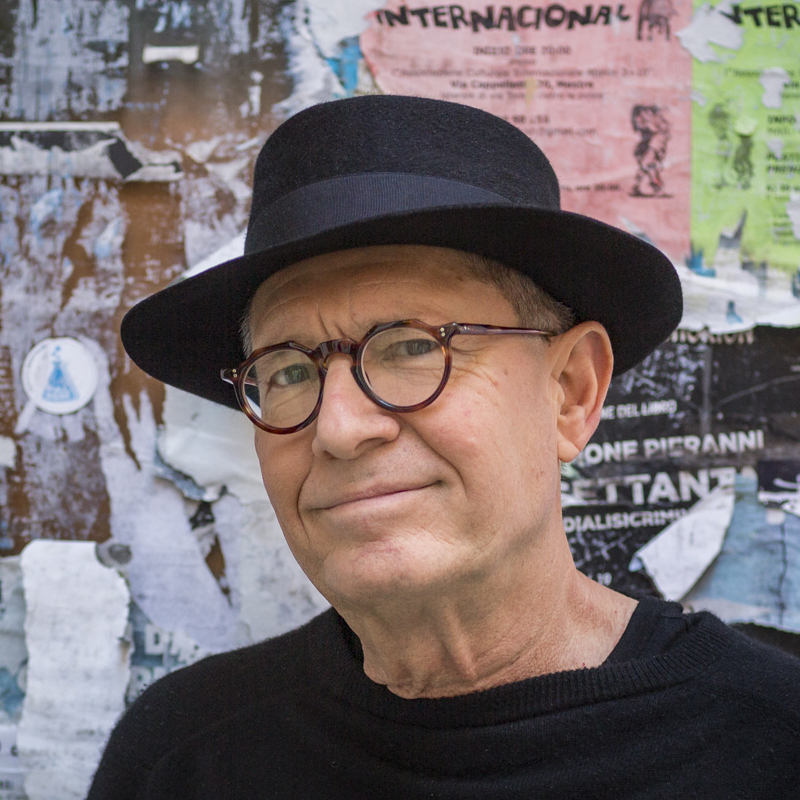David Pace is a Bay Area photographer and curator. He received his MFA from San Jose State University in 1991. He has taught photography at San Jose State University, San Francisco State University and Santa Clara University, where he served as Resident Director of SCU's study abroad program in West Africa from 2009 - 2013. Pace photographed in the small sub-Saharan country of Burkina Faso annually from 2007-2016, documenting daily life in Bereba, a remote village without electricity or running water. His work has been exhibited internationally. His African photographs of the Karaba Brick Quarry are featured in the 2019 Venice Biennale in a group show entitled "Personal Structures" organized by the European Cultural Center. His book
Images In Transition, a collaboration with gallerist Stephen Wirtz, was published in the spring of 2019 by Schilt Publishing.
"Through my photography I want to express to a broad audience what it's like to live in West Africa. The Western media typically shows only the negative side of life in Africa, highlighting war, famine, genocide, and illness. This perspective is newsworthy but it is incomplete and misleading. It fails to capture the richness and complexity of life in small villages where a large percentage of West Africans live and work. Most live simple, meaningful lives. My photography in the remote village of Bereba and the surrounding region portrays a story of life in the community that is largely positive. My work projects a view that may be at odds with the more common perspective, but is no less accurate or realistic. I am committed to communicating the realities of life in West Africa to challenge the negativity that too frequently pervades the images we see."
David Pace
About Sur La Route